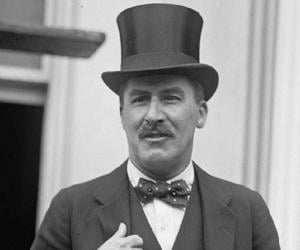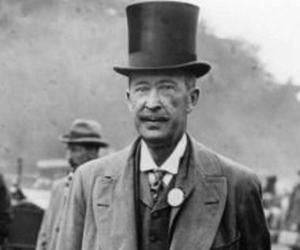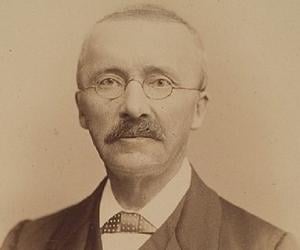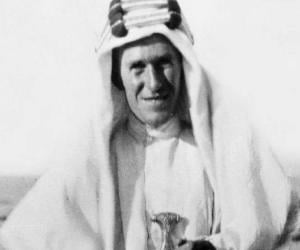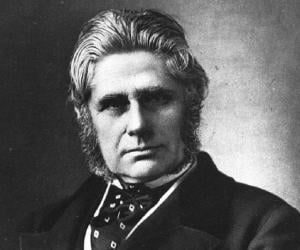German businessman Heinrich Schliemann didn’t let his poverty or lack of education hinder his growth and learned several languages moving from place to place for trade. A pioneer in the field of archaeology, he is now remembered as the man who discovered Troy in his bid to unearth “Priam's Treasure."
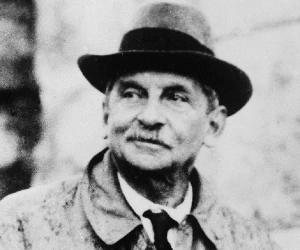
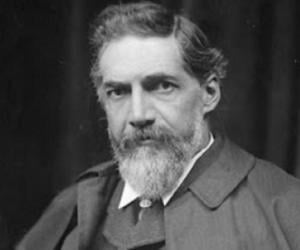
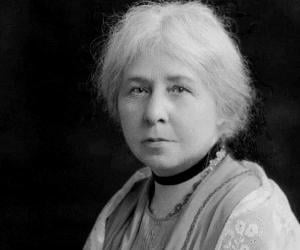
British Egyptologist and anthropologist Margaret Murray was also a scholar of witchcraft. Her best-known work is her 1921 book The Witch Cult in Western Europe, which inspired later witchcraft scholars such as Gerald B. Gardner. The University College London professor had worked in places such as Egypt, Malta, and Petra.
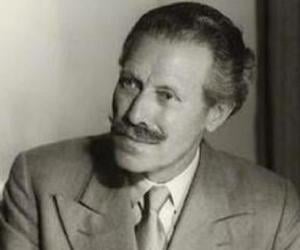
Sir Mortimer Wheeler was a British archaeologist who served as the director of the London Museum as well as the National Museum of Wales during his illustrious career. He is credited with developing the Wheeler–Kenyon method of archaeological excavation. Wheeler is also remembered for his association with the Archaeological Survey of India where he served as Director-General.
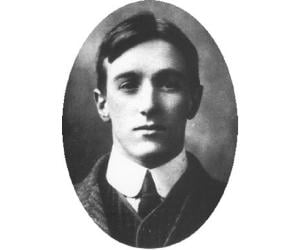
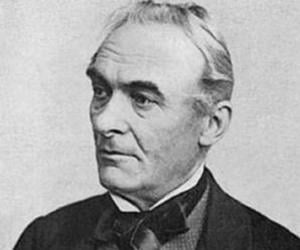
Prosper Mérimée was a French writer and one of the pioneers of narrative prose, which came to be known as a novella. A multi-talented personality, Mérimée was also a historian and archaeologist; he played a key role in the development of the process of architectural preservation. He was responsible for safeguarding several historic sites, such as the Cité de Carcassonne.
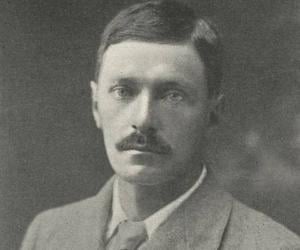
Chiefly known as a novelist, biographer, and memoirist, Edward Frederic Benson began his career with the British School of Archaeology in Athens, publishing his first successful novel, Dodo: A Detail of the Day, during this period. Its popularity encouraged him to continue publishing, the most significant works among them being Mapp and Lucia series, and the biography of Queen Victoria.
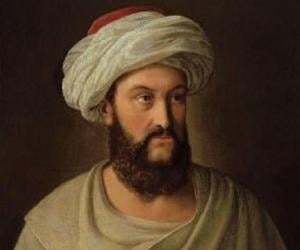
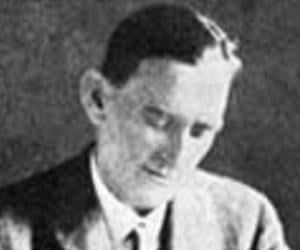
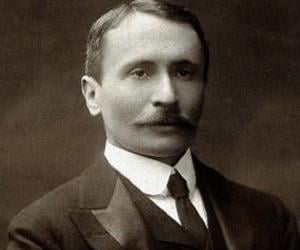
Hungarian-British archaeologist Sir Aurel Stein is best remembered for his research in Central Asia. He was also associated with institutes in British India, such as Oriental College, Lahore, and later translated Kalhana’s Rajatarangini from Sanskrit to English. He was a dog lover and remained single for life.
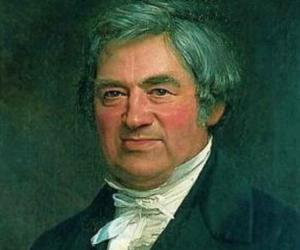
Christian Jürgensen Thomsen was a Danish antiquarian best remembered for developing early archaeological methods and techniques. In 1816, he was selected as the head of an organization, which later became the National Museum of Denmark. Christian Jürgensen Thomsen is credited with mentoring future archaeologists like Bror Emil Hildebrand and J. J. A. Worsaae.
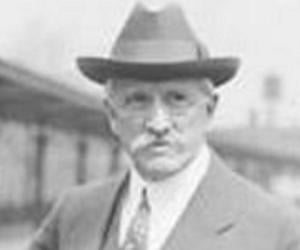
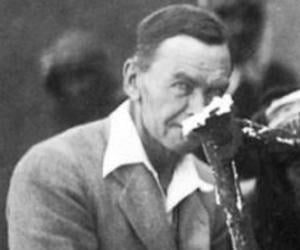
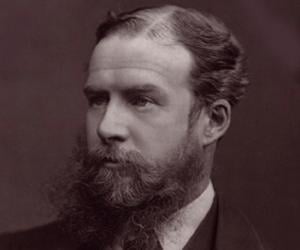
British banker John Lubbock, 1st Baron Avebury, better known as Sir John Lubbock, had also been an MP. However, he is best known for his contribution to ethnography and archaeology. He is also credited with coining the terms Paleolithic and Neolithic, and is known for his books on animal behavior.
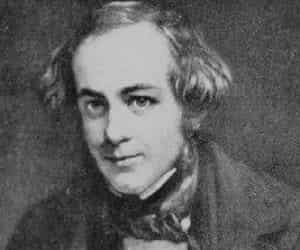
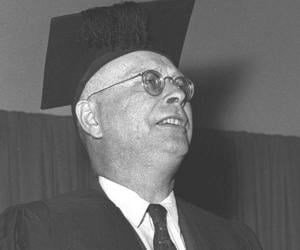
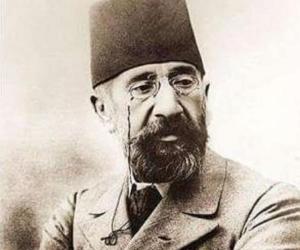
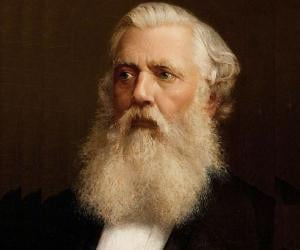
British archaeologist Austen Henry Layard initially worked in a London law office but quit it suddenly to go on an impromptu trip to Syria. He was later hired as an unofficial British diplomat in Turkey. He is remembered for his excavations in Nineveh and his exploration of the Assyrian and Babylonian culture.
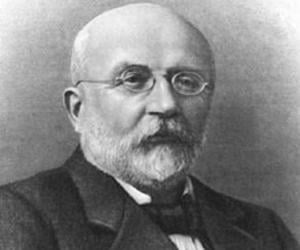
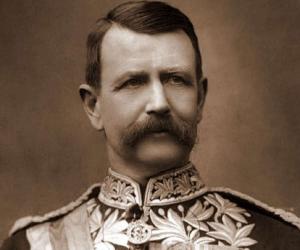
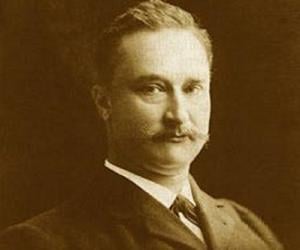
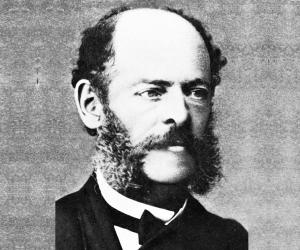
Spanish jurist and amateur archaeologist Marcelino de Sautuola was the owner of the land where the Altamira cave was found. Led by his eight-year-old daughter María, Sautuola discovered drawings of the cave that are earliest known examples of Stone Age painting. Sautuola and archaeologist Juan Vilanova y Piera excavated the cave that was later declared a World Heritage Site by the UNESCO.
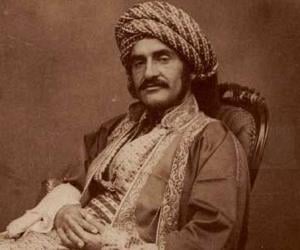
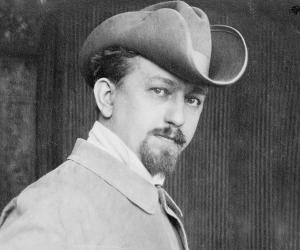
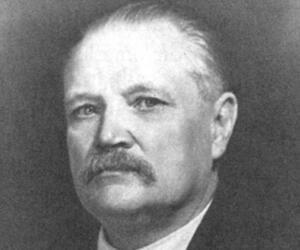
Russian historian Mikhail Ivanovich Rostovtzeff is best-known for producing significant works on ancient Roman and Greek history. He emerged as an influential authority on ancient-history of South Russia and Ukraine while working in Russia. The term caravan city is believed to have been coined by him. Noted books of Rostovtzeff include Dura-Europos and Its Art and Skythien und der Bosporus.
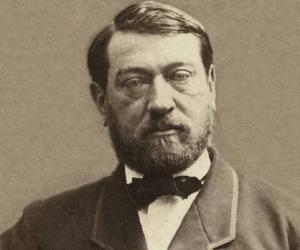
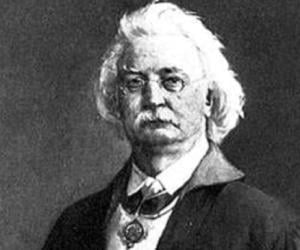
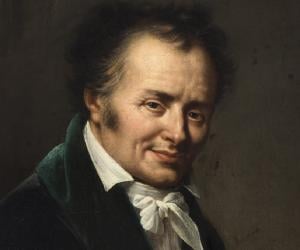
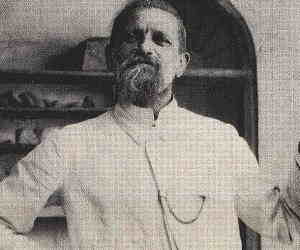
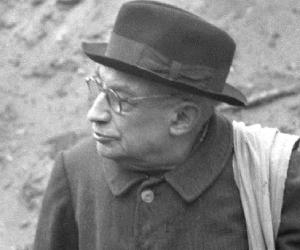
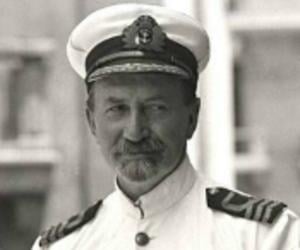
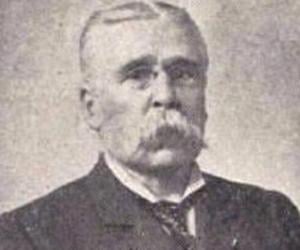
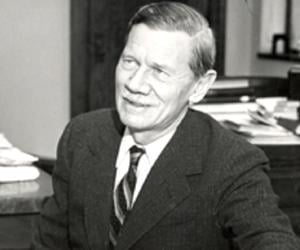

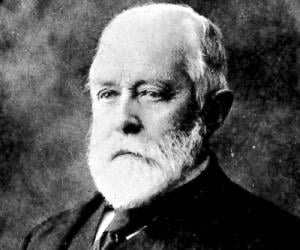
British geologist and archaeologist Robert Bruce Foote is remembered for his pioneering contribution to the study of the prehistory of India. He was in his early 20s when he joined the Geological Survey of India and soon made many discoveries, including that of the first Paleolithic hand axe in India.
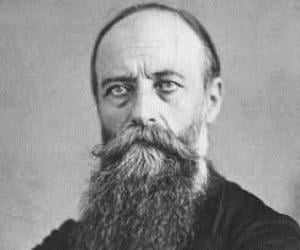

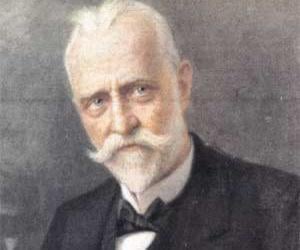
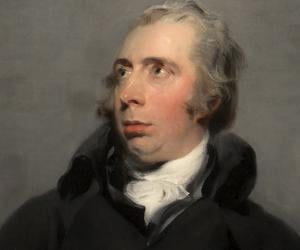
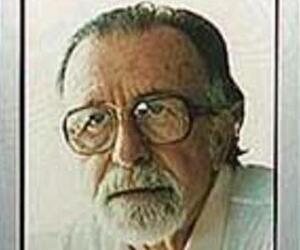
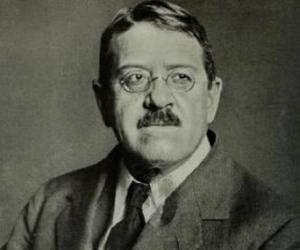
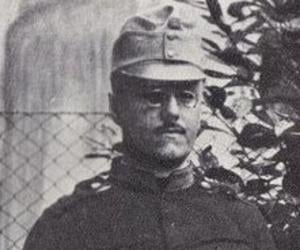
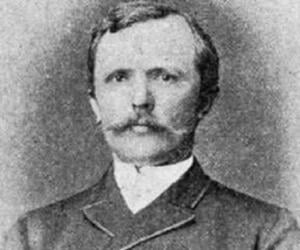
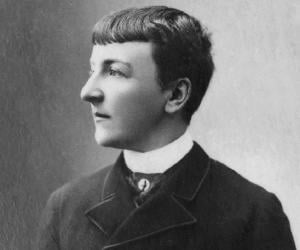
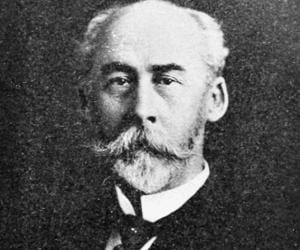
American explorer, anthropologist, and archaeologist William Henry Holmes was a pioneer of professional archaeology in the US. He was also a geologist and a scientific illustrator. He had been a curator at the Smithsonian Institution and had been the director of the National Gallery of Art.
